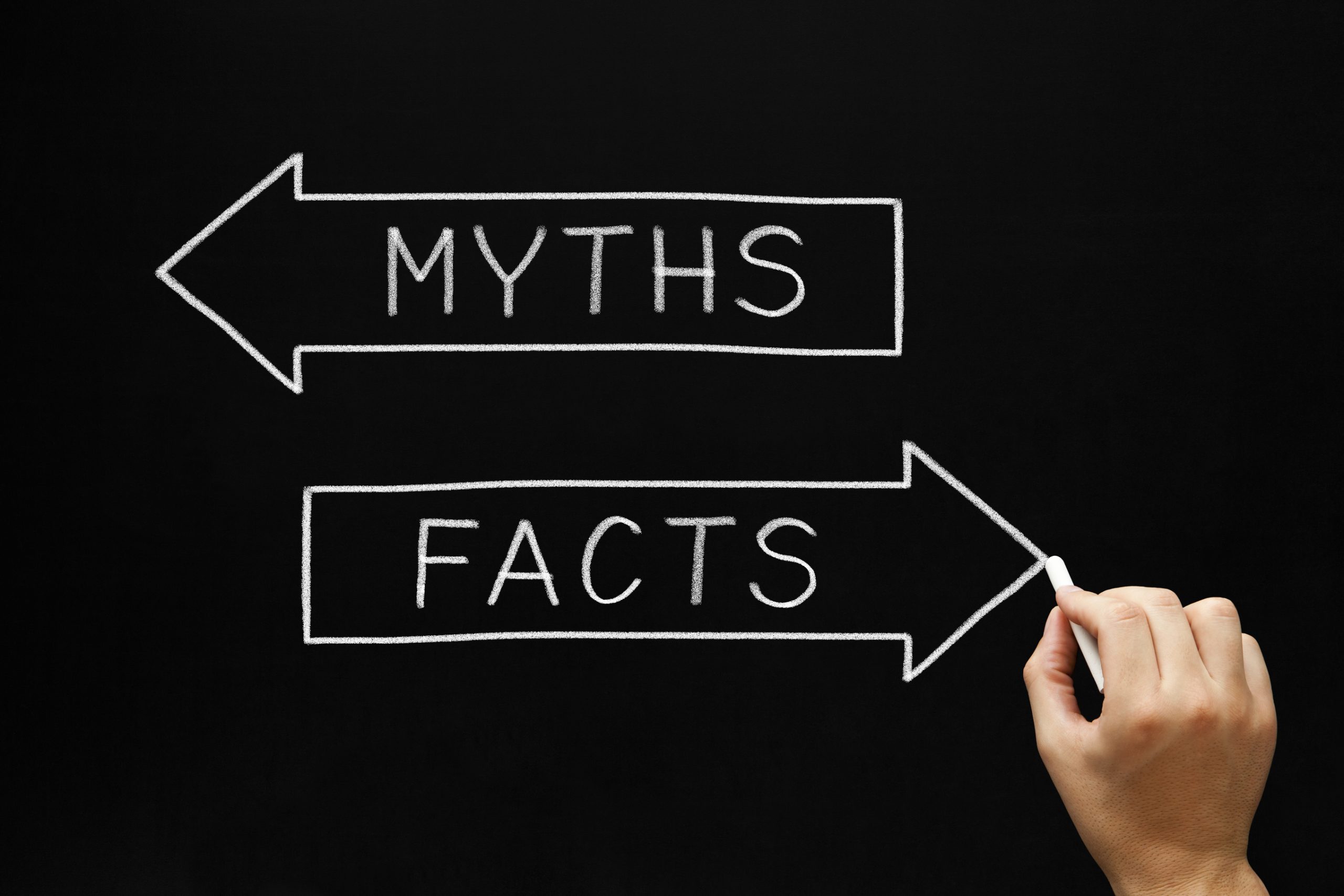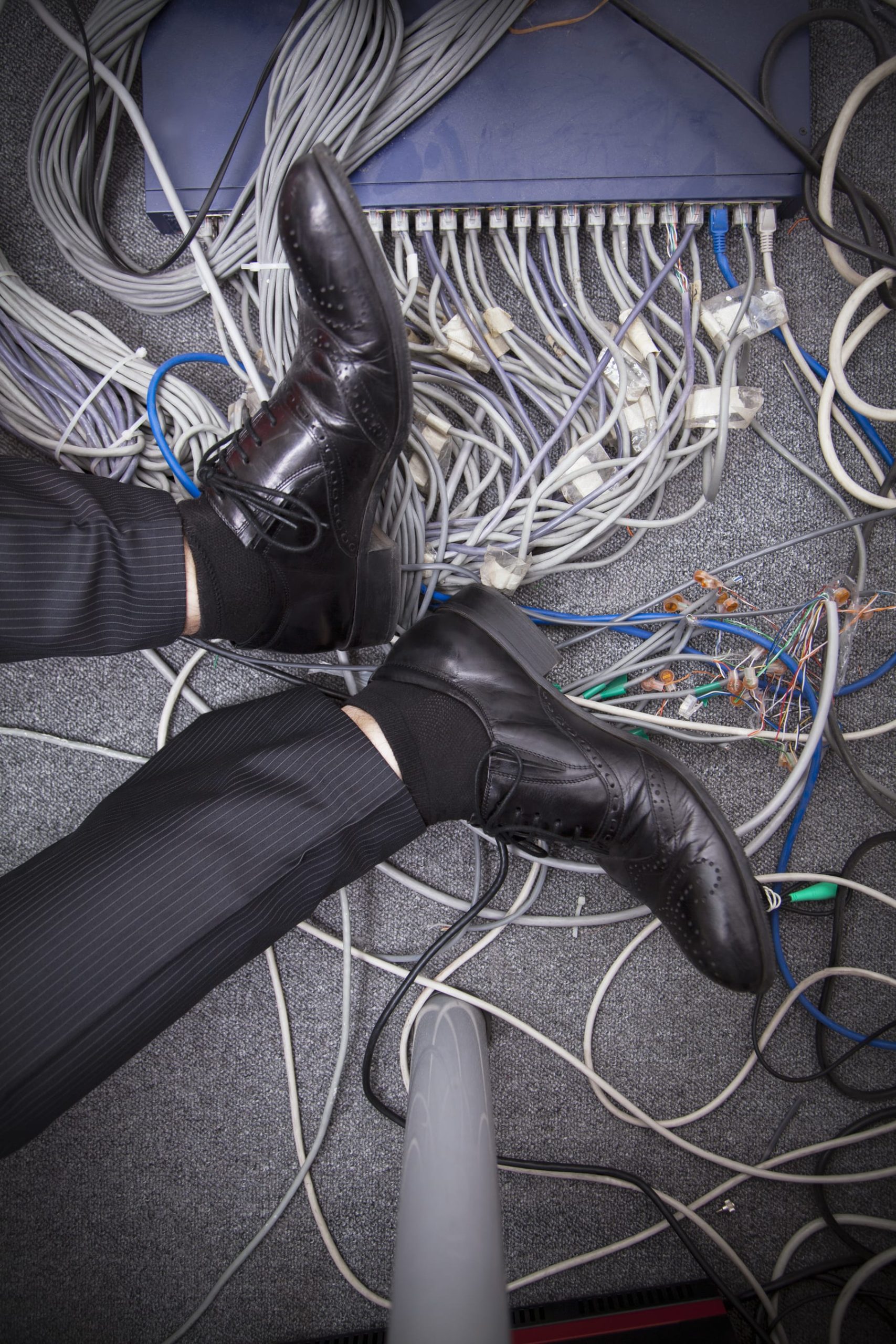
When you’re investing in a construction camera system, it can be hard to navigate the flood of information about the camera types, image quality, and the services offered by a growing number of players in the market.
There are so many claims made, and so many statistics thrown out, that you may feel thoroughly confused. Let’s look at 3 common misconceptions that buyers fall prey to as they shop for a good construction camera system.
Myth 1: Bigger is better.
Many construction site project managers and estimators automatically assume that the largest video company with the largest install base will provide superior technology and user experience. But the big dog isn’t always the best choice. At least one major supplier we know of hasn’t introduced a single real product improvement in years.
At TrueLook, we consider it our job to keep our finger on the pulse of what construction companies need most. We’re constantly improving the features we offer, which means we’re often ahead of the tech curve. For example, we introduced an overlay image comparison option that lets you compare 2 historical images from your project side by side. We introduced Quad-View, a 4-up image comparison mode that lets you view 4 different times from your project at a time. And a Virtual 360° View for panorama images made with our PTZ cameras.
On the hardware side, we’ve added live streaming video to all our cameras and HD 720p security recording to our 5MP fixed camera. We recently launched a drone photography service to provide aerial video and images of the jobsite to enhance our camera offerings.
So we’d say that when it comes to bringing you innovative new solutions, lesser-known just might be your biggest advantage.
Myth 2: Setting up a DIY construction camera can save you money.

As more sophisticated consumer cameras and higher-end security cameras come on the market, it’s tempting to think you can set up a relatively cheap camera on a pole and get acceptable job site monitoring, image capture, and time-lapse videos. There are plenty of companies out there promising GoPro solutions that will provide 4K resolutions that last for years.
But let’s face it. You already have a business to run. Do you want to be in the video business, too?
A DIY system using off-the-shelf components can’t compare with a turnkey solution that delivers quality, simplicity, broad functionality, reliability and shareability. Getting all that on your own would require additional hardware, personnel, and IT resources that are better focused on the construction project itself.
When you weigh total expenses over the life of the project — installation, troubleshooting, connectivity, archiving, user support, and maintenance – you’ll likely conclude that outsourcing video to a full-service provider is a better value.
The director of IT for a leading contractor says it best. “A long time ago, we managed our own webcam solution. Moving away from that technology to a managed service was the best decision we made.”
Myth 3: The higher the pixel count, the better the quality.
This is one of the easiest traps to fall into and it’s a lesson that not only spans construction cameras but ANY camera. Some vendors offer up to 6 different megapixel resolutions at different (and increasingly higher) price points. Others promote gigapixel panoramic images from a PTZ camera, which throws in even more confusion about resolution.
It seems to be simple math: each step upward yields higher quality, right? But image quality has other components such as lens quality, field of view, digital or optical zooming, even frequency of capture – all of which have an effect on perceived quality. Higher-resolution cameras can also be less responsive, since each picture captured equals significantly more data that must be transmitted.
The driving factor is this. How will you will use the images from your camera? This determines the level of resolution needed to reach your goals. For example, if you hope to use your images to create large-format displays or billboards, you’ll definitely want a higher-resolution camera. If, on the other hand, your top priority is being able to zoom in to study fine details as construction moves forward, you’ll want a different solution.
We believe that simpler is better – which is why we offer just 2 resolutions in our fixed-position cameras: 5MP, which is twice the resolution of 1080p, and 12MP, which is well over the low-end 4k resolution offered by many low-cost companies.
With most desktop monitors only able to display at 1080p, or essentially 2MP, we find these resolutions offer the ideal balance between the need for sharp images and digital zooming with an efficient use of bandwidth for optimum responsiveness.
For more on camera resolution levels, contact info@truelook.com.

